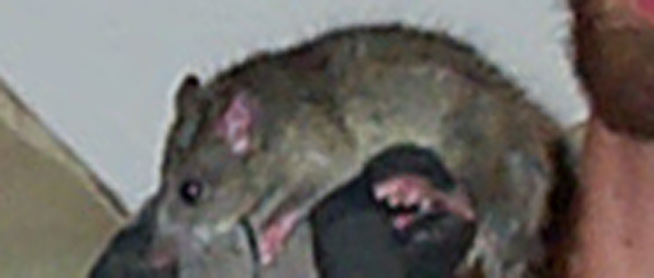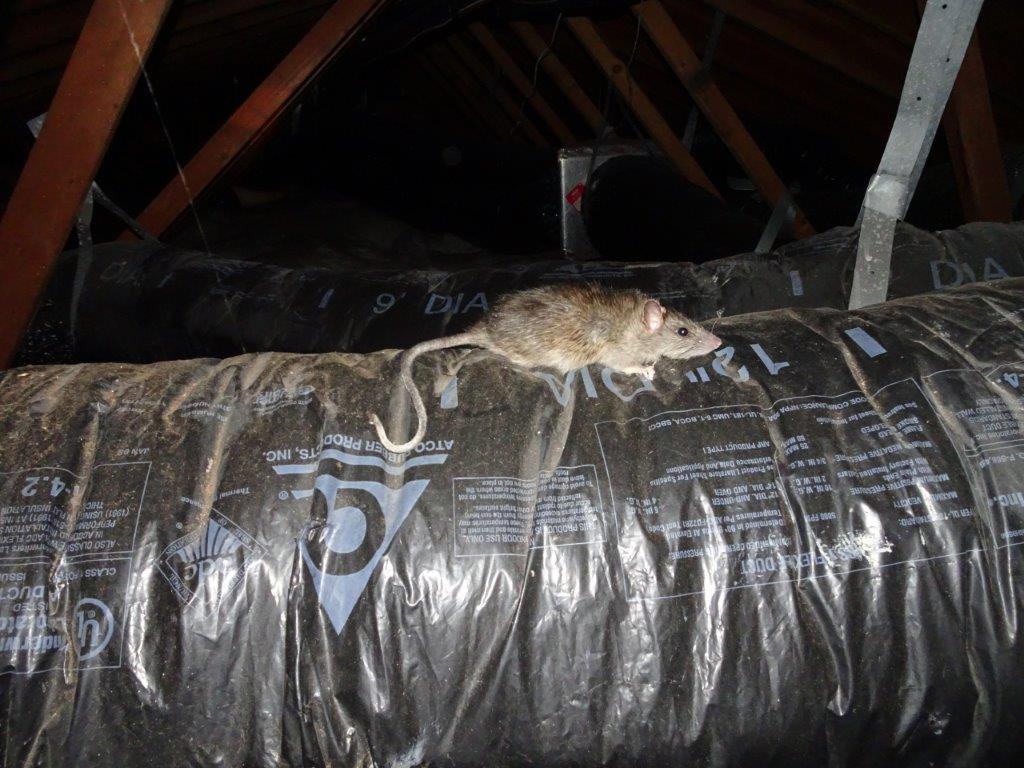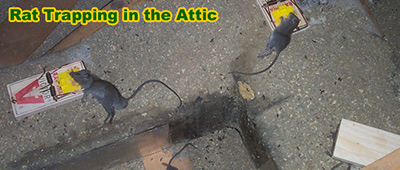Different wildlife rehabilitators will do different things with the
animals they catch, dependent on the state they are in, and the
legalities that surround the topic of animal control in that area. What
we do with rats, however, is dispose of them correctly, and that is
because we choose to use lethal and humane snap traps in order to deal
with a rat infestation problem.

Snap traps, on the other hand, deal with a lot of the problem, but only if you put in the rest of the hard work that you need to. Before you even set your traps, you should seal up the holes, cracks and crevices that the rats are using as doors into your property. Once that is done, no further rats can come in, and you can set your traps in the areas they seem to be the most active.
Those snap traps, when baited with the right foods and placed in the right positions, will capture and kill those rats humanely. It is an instant death, and much more humane than the long and endless death that comes with glue strips, and also poison or fumigants, and also ‘repellents' such as ammonia.
For more information on what your wildlife rehabilitator does with the animal he or she catches, ask. They will be on hand to answer your questions, to ensure that all parties are happy with the outcome.
Go back to the Rats in the Attic home page.

This question entirely depends on the type of rat that we are talking about. Rehabilitators will probably take care of a wild rat, and release it back into its natural habitat only in special circumstances. The type of wild rat that you might find in your home will not be rescued by a rehabilitation center, and instead will very possibly be quickly and humanely exterminated. The truth is that some rehab centers use them for food to help animals that have rats as part of their diet.
The chances of a wildlife rehabilitation center taking in a rat, but then exterminating it is pretty high. Some pet rats that become injured, lost, or owners cannot provide care for them anymore are sometimes surrendered to animal shelters and occasionally adopted out following the adoption process specific to their area.
In an ideal world, a wildlife rehabilitator would take a rat if it’s incapacitated or an orphaned baby. The center would then inoculate the animal against diseases, then take care of the rat until it gets back on its feet, or if it’s a baby, the rehabber would nurse it until it can feed and fend for itself. Then, safely release it into a natural area that can support additions to its already existing rat population, and where the rat wouldn’t create issues for the other species of animals that are already living there; however, this would happen in an ideal world and rats are unlikely to ever be considered as an endangered species, let alone “at-risk”. The rate in which rats reproduce is such that a single breeding pair can repopulate an entire community of rats within months.
Truthfully, wildlife sanctuaries and rehabilitation centers are places that struggle to survive and get by thanks to a team of dedicated volunteers. The resources that these places have are few and far between and it would not make sense for them to use precious resources on an animal that is essentially a pest and a single rat isn’t going to benefit an ecosystem. Animal sanctuaries and rehabilitation centers run on very limited resources and are constantly fighting for survival themselves, it makes more sense for them to dedicate what little they have available to help animals that require more assistance than rats.
The idea of rescuing an injured or orphaned rat and making this a beloved pet is a noble one and something that shows a gentle and humane nature; however, this just isn’t possible or feasible due to the natural survival instincts and diseases already riddled through the rat. In the wild, most rats live less than one year and this is also taken into consideration when addressing the feasibility of rehabilitating rats.








